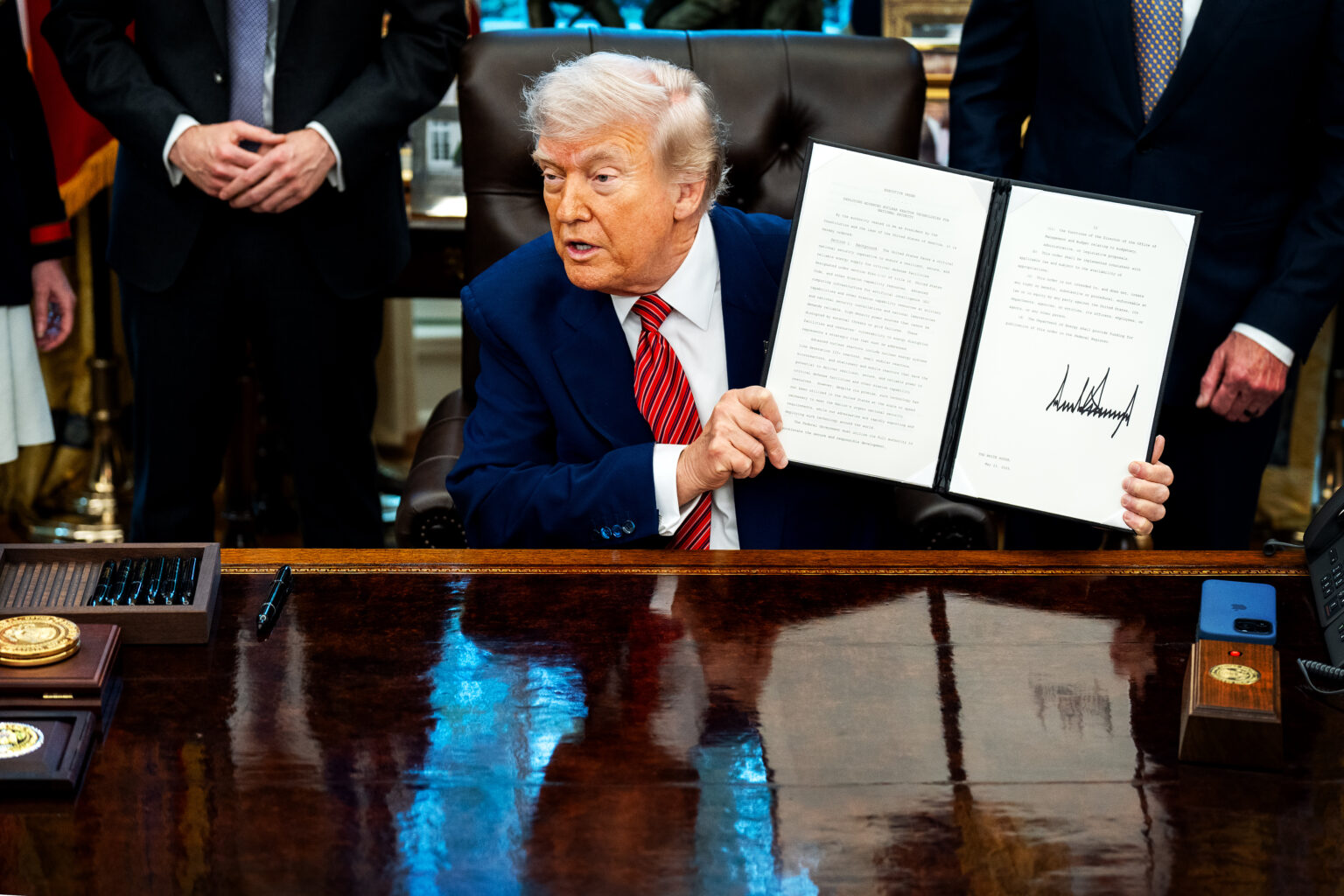Strategic Deployment of Executive Actions in the Trump Administration
In the months leading up to President Donald Trump’s formal announcement of a travel restriction targeting citizens from over a dozen nations, his legal team and advisors had already initiated the groundwork for this policy. This preparatory phase began well before Trump re-entered the Oval Office in January, indicating a deliberate and premeditated approach to immigration control.
The Timing and Rationale Behind the Travel Ban
On a Wednesday evening, Trump publicly declared the implementation of a new travel ban, a move that coincided with heightened political and security concerns. The timing was notably three days after an incident in Boulder, Colorado, where an Egyptian national with an expired tourist visa was accused of assaulting pro-Israel demonstrators. Trump cited this event as evidence of the risks posed by inadequately vetted foreign visitors, emphasizing the need for stricter entry controls.
In his televised announcement, Trump stated, “We don’t want ’em,” underscoring his administration’s stance on immigration. However, White House officials later clarified that the decision to issue the proclamation was not a direct reaction to the Colorado attack. Instead, sources indicated that the travel ban was a long-standing policy initiative, with plans already in motion prior to the incident.
Executive Orders as a Political Tool
The Trump administration has demonstrated a strategic reliance on executive orders and proclamations-many of which have been in development for months-to shape public discourse, advance policy priorities, and sometimes divert attention from less favorable news stories. These directives serve as versatile instruments, allowing the White House to respond swiftly to emerging events or to reinforce specific narratives.
A senior White House official revealed that some executive actions are scheduled months in advance, while others are prepared overnight, depending on political considerations, current events, and the internal atmosphere within the administration. This flexible approach enables the White House to maintain a dynamic policy toolkit, ready to be deployed as needed.
The Colorado Attack and the Justification for the Travel Ban
Although the recent Colorado incident was cited by Trump as an illustrative example of the dangers posed by foreign nationals, it was not the primary catalyst for the travel restriction. Instead, the timing of the announcement aligned with broader legislative efforts, including Trump’s push for the “One Big Beautiful Bill,” a comprehensive legislative package. Meanwhile, critics and allies alike observed that the timing appeared to serve multiple strategic purposes.
Historical Context and Policy Continuity
Trump’s approach to immigration restrictions echoes earlier efforts, such as the initial travel ban enacted shortly after his inauguration, which was later rescinded by President Joe Biden. Notably, many of the executive orders issued during Trump’s current term trace back to planning stages during the transition period, with some policies being drafted immediately after his re-election in January.
White House officials confirmed that the recent travel ban had been in development since early in Trump’s second term, with some elements originating from executive orders drafted on his first day in office. These early documents mandated the Cabinet to begin exploring potential restrictions, laying the groundwork for subsequent actions.
Rapid Response to Recent Events
In addition to the long-term planning, the White House has demonstrated agility in responding to recent developments. For instance, two proclamations issued on the same evening targeted specific issues: one restricted international students and scholars from entering the U.S. to attend or teach at Harvard University, and another launched an investigation into President Biden’s use of the autopen-a device used to sign official documents-amid allegations of cognitive decline.
The Harvard restriction followed a federal court ruling that temporarily blocked earlier efforts to revoke the university’s ability to host international students, a vital source of funding. Meanwhile, the investigation into Biden’s autopen use was prompted by recent media reports questioning the president’s mental acuity, with Trump alleging, without evidence, that Biden’s staff used the autopen to sign documents without his direct involvement.
Unprecedented Executive Action Pace
Trump’s utilization of executive orders has been notably aggressive compared to previous presidents. In less than five months, he has signed 157 executive orders and 62 proclamations, according to data from the Federal Register-surpassing the pace of any modern presidency. During his first term, Trump averaged approximately 55 orders annually, a rate that exceeds the historical norm.
White House staff secretary Will Scharf plays a key role in managing this flow, acting as both legal advisor and a sort of showman-presenting each order to Trump and summarizing its purpose before Trump signs with a distinctive black marker. This rapid and prolific use of executive authority has led to comparisons with Franklin D. Roosevelt, who signed an average of 307 orders per year during his tenure, though FDR also relied heavily on legislative collaboration.
The Broader Impact and Future Outlook
Trump’s prolific use of executive orders underscores a governance style that emphasizes executive action as a primary policy tool. With over 160 orders signed in just the first few months of his current term, he is on track to surpass the total number of orders signed by President Joe Biden over his entire four-year term, which stood at 162.
This approach reflects a broader trend of executive overreach and strategic policymaking, leveraging the power of the presidency to shape national policy swiftly and decisively. As the administration continues to deploy these tools, the landscape of American governance remains deeply influenced by the strategic use of executive authority, with implications for legislative relations and long-term policy stability.

